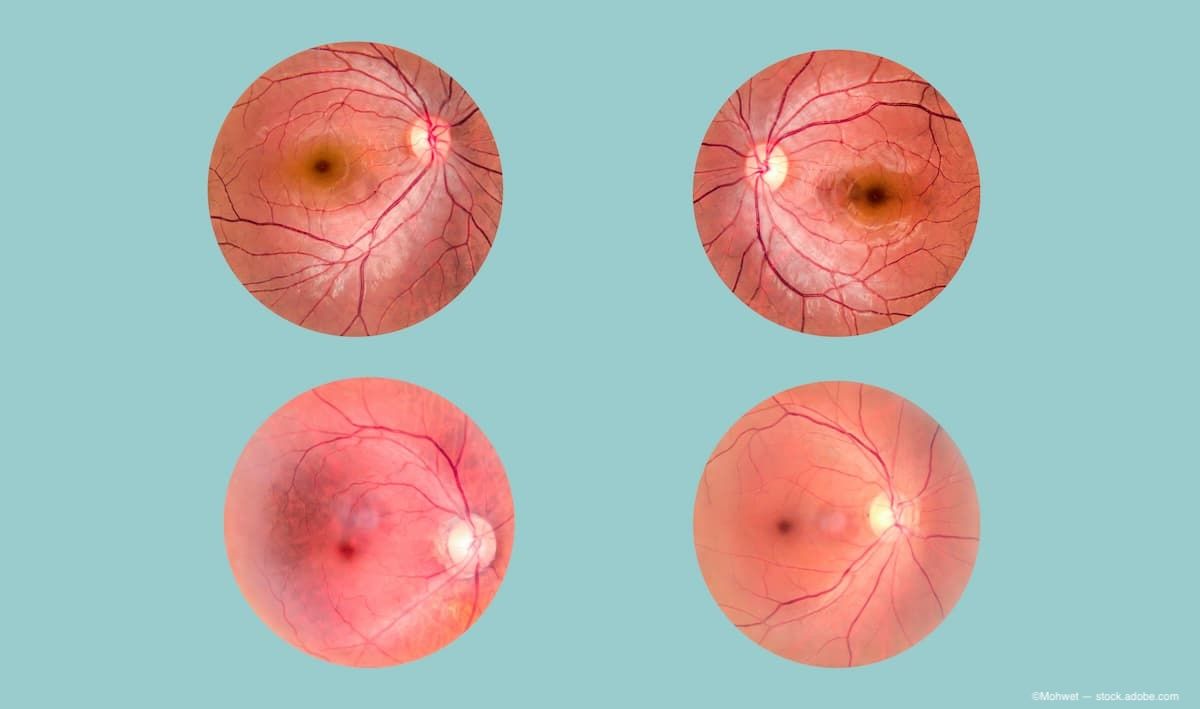Article
Myopic keratophakia considered alternative for correction of high myopia
Correction of high myopia with a phakic IOL or by clear lens exchange does pose some risks for patients because these methods are intraocular procedures. To avoid the associated risks of IOL surgery - such as infection, cataract formation in the case of phakic lenses, possible endothelial damage, pupil ovalization, or zonular problem - surgeons might want to consider myopic keratophakia and excimer laser ablation instead, explained Luis A. Ruiz, MD.
Correction of high myopia with a phakic IOL or by clear lens exchange does pose some risks for patients because these methods are intraocular procedures. To avoid the associated risks of IOL surgery - such as infection, cataract formation in the case of phakic lenses, possible endothelial damage, pupil ovalization, or zonular problem - surgeons might want to consider myopic keratophakia and excimer laser ablation instead, explained Luis A. Ruiz, MD.
Dr. Ruiz, a cataract and refractive surgeon from Bogota, Colombia, showed a video demonstrating this technique in a patient with high myopia, during the Innovator's Session at the American Society of Cataract and Refractive Surgery annual meeting.
A flap is created with a microkeratome and lifted, similar to the start of a LASIK procedure. A donor tissue lenticule measuring 7 mm in diameter is placed on the stroma and the surgeon continues with the excimer laser ablation. The flap is replaced and the edges dried to avoid striae.
He reported the results of 21 eyes of 13 patients with a mean age of 33 years (range, 17 to 42) who underwent this procedure. The mean preoperative sphere was -13.55 D (range, -0.75 to -23 D), and there were three cases of low myopia but they had high astigmatism.
The mean preoperative spherical equivalent (SE) was -15.36 D (range, -4.26 to -0.5 D). The average follow-up was 4.1 years (range, 1 to 7 years).
The mean postoperative SE was -0.63 D and the mean postoperative cylinder was -0.81 D, he reported.
Newsletter
Don’t miss out—get Ophthalmology Times updates on the latest clinical advancements and expert interviews, straight to your inbox.




